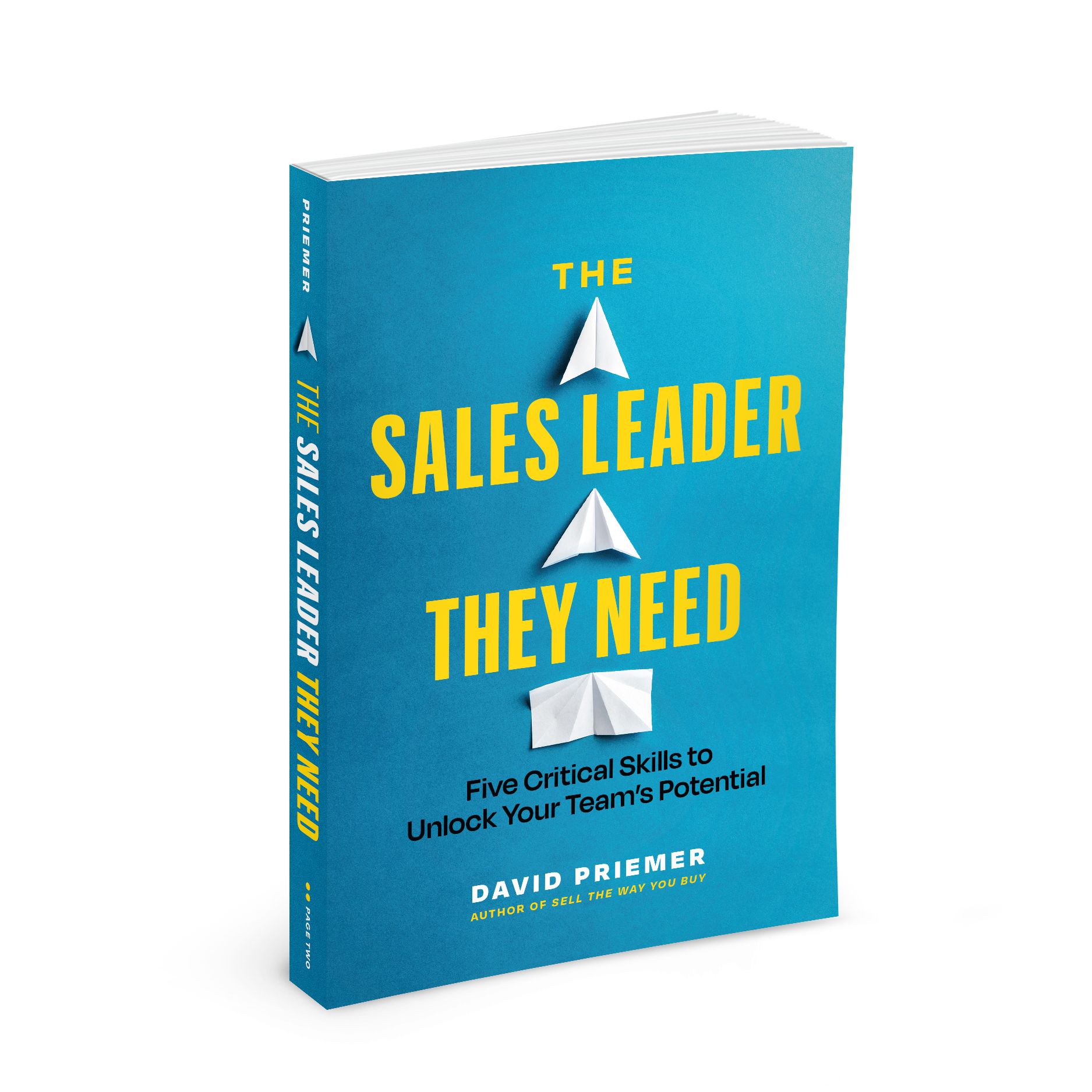The Silent Killer in Your Discovery Process and How to Stamp It Out
You briefly met at your best friend’s holiday party. You agreed to be set up on a date. You’ve secretly scoped them out on their social channels and they seem like a great catch. And as you’re getting ready for your first big meet-up you pause and think to yourself, “They might be the one!”? That mindset is known as confirmation bias and it can be dangerous, particularly in the mind of the modern seller.
Confirmation bias is the tendency to search for, interpret, favor, and recall information in a way that confirms one’s preexisting ideas or beliefs. It’s also known more colloquially in sales circles as “happy ears”. Confirmation bias feels good because it fills our heads with positive, blissful thoughts. In business, it can also cloud our judgment, turn customers off, erode the accuracy of our sales forecast, and prevent us from seeing critical situations with much-needed objectivity.
Impact on Discovery
Salespeople are generally motivated to drive revenue by winning the business of as many customers as possible. This means that when it comes to discovery calls, the tone of most of those conversations tends to be optimistic and inclusionary. In other words, we start by assuming that the prospect is a good fit for our solution and looking for evidence that proves they are. Hence the confirmation bias. It can also mean that even when a customer isn’t an ideal fit for our solution (either because of our constraints or theirs) we tend to hang on to hope for longer than we should as we continue to look for confirmatory evidence. Unfortunately, this not only wastes precious sales team bandwidth but can impact your win rates as well when poor fit buyers eventually bow out.
The Value of Speed and Objectivity
In my last two VP of Sales roles, I found there was a high degree of correlation between win rates and the amount of time spent in the discovery phase of the sales cycle. In fact, the relationship across dozens of sales reps in different geographies was clear. The quicker we moved a customer through the discovery phase, the greater our win rate. Essentially, we sold more by losing faster! In my last role specifically, we found that
the time spent in the discovery phase for the deals we won, was 1/3 of the time spent in deals we ended up losing or deading out!
In addition, the sales reps who moved their deals through the discovery phase quicker had 63% higher win rates. Of course, that doesn’t mean that the secret to increasing your win rates is to rush customers through a hastily orchestrated discovery process. Rather, it means ensuring that going into the qualification and discovery process with an objective mindset to help you:
- be more focused and move the highest potential customers through quicker and more consistently
- weed out poor fit customers more consistently and efficiently to ensure you preserve more bandwidth for high intent buyers.
Interestingly, while many leaders tend to measure the efficiency with which they win deals, some are taking a counterintuitive but highly insightful approach to analyzing their “losing” efficiently as well. At one of my recent sales leadership meetups, one amazing company cited TTL or “Time to Lose” as a key dashboard metric describing the efficiency with which their team loses deals.
Bonus video: Are you spending too much time LOSING deals?
The Ideal Discovery Mindset
Over the years I’ve found that the mindset of the healthy skeptic is ideal for discovery because it reduces the tendency for confirmation bias. In contrast to “happy ears”, a salesperson acting as a healthy skeptic enters the discovery process assuming that the customer likely doesn’t need or isn’t willing to pay for their solution, and looks for evidence that they do.
They approach the opportunity as though they’ve already made their quota, they’re independently wealthy, or they don’t need the business. Almost like having a small sandwich before going to an all-you-can-eat buffet. You’re still hungry but you’re more likely to select only the items you’re truly craving instead of gorging yourself on every dish in the line.
If this mindset sounds like it requires too much emotional willpower to muster for the average sales rep (or you’re the type of person who can’t control your appetite at all-you-can-eat buffets…I hear you!), don’t worry!
Check out this post to learn a few simple tactics (with videos) you can use to put yourself in the correct mindset to conduct high-impact discovery.
We promise never to send you junk or share your email! Just helpful sales insights.














Helpful post, thanks David!
Glad you enjoyed it Astrid! Stay tuned for part 2 coming soon.